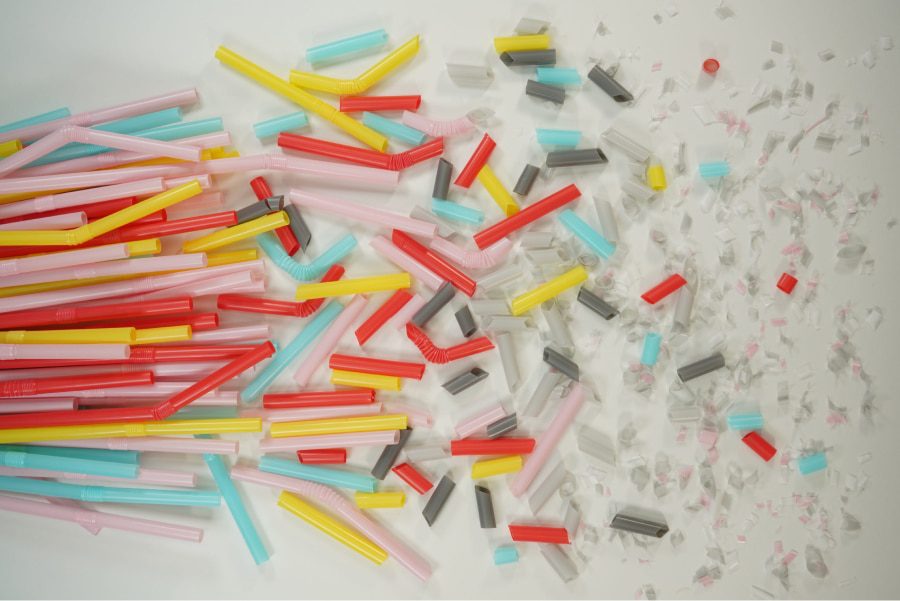The Scientific Advisory Group on Chemical Safety of Non-Food and Non-Medicinal Consumer Products (SAG-CS) evaluates and provides guidance on chemical and biological risks to human health. This scientific advisory group operates under the commission of the Office for Product Safety and Standards (OPSS).
The mission of SAG-CS is to provide OPSS with scientific advice and risk assessments in the fields of public health and consumer safety.
Its scope specifically covers chemical and biological risks associated with non-food and non-medicinal consumer products, including:
- Cosmetic products and their ingredients, such as nanomaterials, hair dyes, preservatives, UV filters, colorants, and fragrance ingredients
- Other non-food and non-medicinal consumer products, such as toys and textiles
Established in its current form in 2021, SAG-CS does not have regulatory authority. However, it provides advice to OPSS, which does have a regulatory role. Any changes to legislation are ultimately decided by Ministers, who rely on independent scientific advice, including that provided by SAG-CS.
Meanwhile, the Scientific Committee on Consumer Safety (SCCS) is an independent scientific body that provides expert advice to the European Commission on the safety of consumer products, particularly cosmetics and personal care products.
The SCCS evaluates potential health risks posed by substances used in cosmetic products, personal care products, and other non-food consumer products.
Its key functions include conducting risk assessments on cosmetic ingredients such as nanomaterials, preservatives, hair dyes, UV filters, and fragrance ingredients to determine their safety.
The SCCS provides scientific opinions when the EU Commission or Member States raise concerns about an ingredient, assessing whether it is safe or requires restrictions.
Based on these opinions, the EU Cosmetics Regulation (EC) No 1223/2009 may be updated, leading to ingredient bans or restrictions, such as the ban on Butylphenyl Methylpropional (Lilial) in 2022.
The SCCS also publishes Notes of Guidance (NoG), now on its 12th revision, which outline safety testing methods and risk assessment principles for cosmetics, serving as a reference for safety assessors, toxicologists, and regulatory professionals.
The SCCS is crucial in ensuring that cosmetics sold in the EU and EEA are safe for consumers by providing scientific evidence for regulatory decisions and helping manufacturers and safety assessors comply with cosmetic regulations.
Key Differences Between the SCCS and SAG-CS
Before Brexit, the UK followed the Scientific Committee on Consumer Safety (SCCS), which advises the European Commission. However, after leaving the EU, the UK established, as said, SAG-CS to conduct independent safety assessments, leading to regulatory differences.
Differences in Evaluation Processes and Methodologies
Both SCCS and SAG-CS rely on toxicological data, but they may interpret findings differently based on regional policy priorities. This means some ingredients could have different safety limits or usage restrictions in the UK compared to the EU.
Why the SCCS and SAG-CS Assess Ingredients Differently
– The SCCS follows the EU Cosmetics Regulation (Regulation 1223/2009).
– The SAG-CS operates under the UK’s retained version of these laws.
– Diverging scientific opinions and access to different data can lead to varying safety assessments.
Variations in Weight Calculations for Margin of Safety (MoS)
The Margin of Safety (MoS) is a key factor in cosmetic risk assessment, used to determine whether an ingredient is safe at a given concentration. Both SAG-CS (Scientific Advisory Group on Chemical Safety) and SCCS (Scientific Committee on Consumer Safety) use weight-based exposure calculations for MoS assessments, but there are variations in the default body weight assumptions they apply.
| Criteria | SAG-CS (UK) | SCCS (EU) |
|---|---|---|
| Default Adult Body Weight | 70 kg (as of 2023) | 60 kg |
| Basis for Change | Updated based on UK population data (April 2023) | Historically used and referenced in SCCS Notes of Guidance |
| Data Sources Used | UK-specific body weight data analysis | Hall et al. (2007, 2011) and other EU datasets |
| Impact on MoS Calculation | Higher body weight = lower systemic exposure per kg = potentially higher MoS | Lower body weight = higher systemic exposure per kg = potentially lower MoS |
| Regulatory Alignment | Aligns with other UK scientific bodies (e.g., UK Committee on Toxicity) | Consistent across the EU |
What Does This Mean for Cosmetic Safety Assessments?

In the UK, the shift to 70 kg means that systemic exposure assumptions will decrease, possibly resulting in higher MoS values, leading to more favourable safety assessments for some ingredients.
In the EU, the continued use of 60 kg may result in stricter safety margins compared to the UK.
Companies operating in both markets must consider both weight assumptions in their safety evaluations to ensure compliance with UK and EU regulations.
This variation in weight assumptions highlights the importance of adapting safety assessments based on regional regulatory requirements to ensure accurate and compliant risk evaluations.
Impact on Ingredient Safety Evaluations
The difference in MoS calculations can impact:
– Maximum allowable concentrations of ingredients in UK cosmetics.
– Risk assessments for potential toxicity and systemic exposure.
– Formulation adjustments for brands operating in both the UK and EU.
Why Ingredient Restrictions Differ Between the EU and UK
With SAG-CS establishing its own risk assessment processes, ingredient restrictions will likely continue to diverge from EU regulations over time. Cosmetic brands selling in both regions must monitor updates from both SCCS and SAG-CS to remain compliant or maybe consider the worst-case scenario.
How Safety Assessments for EU and UK Cosmetics Differ
– UK brands must now comply with SAG-CS recommendations, which may differ from SCCS opinions.
– EU-based brands must follow SCCS assessments, even if they export to the UK.
– Over time, the list of approved/restricted ingredients may differ significantly between the two regions.
The establishment of SAG-CS marks a significant regulatory shift in UK cosmetics safety, and its impact on formulations, ingredient approvals, and compliance requirements will continue to evolve in the coming years.
Ensuring Regulatory Compliance: Which Path Should be Taken?

The establishment of SAG-CS represents a pivotal shift in the UK’s approach to cosmetic safety assessments, distinguishing it from the EU’s SCCS framework.
While both advisory bodies rely on toxicological data, differences in methodologies, regulatory alignment, and weight assumptions for Margin of Safety (MoS) calculations contribute to varying ingredient safety evaluations.
The UK’s move to a 70 kg default adult body weight for MoS assessments contrasts with the EU’s 60 kg assumption, potentially leading to more favourable safety margins in UK assessments.
As a result, companies operating in both regions must carefully navigate these regulatory divergences to ensure compliance with both UK and EU cosmetic safety requirements.
Over time, these differences may lead to separate lists of approved and restricted ingredients, reinforcing the need for continuous monitoring of both SAG-CS and SCCS guidelines.
The evolving landscape of cosmetic regulations highlights the importance of adaptability for brands and regulatory professionals in maintaining compliance across jurisdictions.
Contact us – we’ll be happy to help ensure your product complies with existing regulations in both the UK and the EU.



